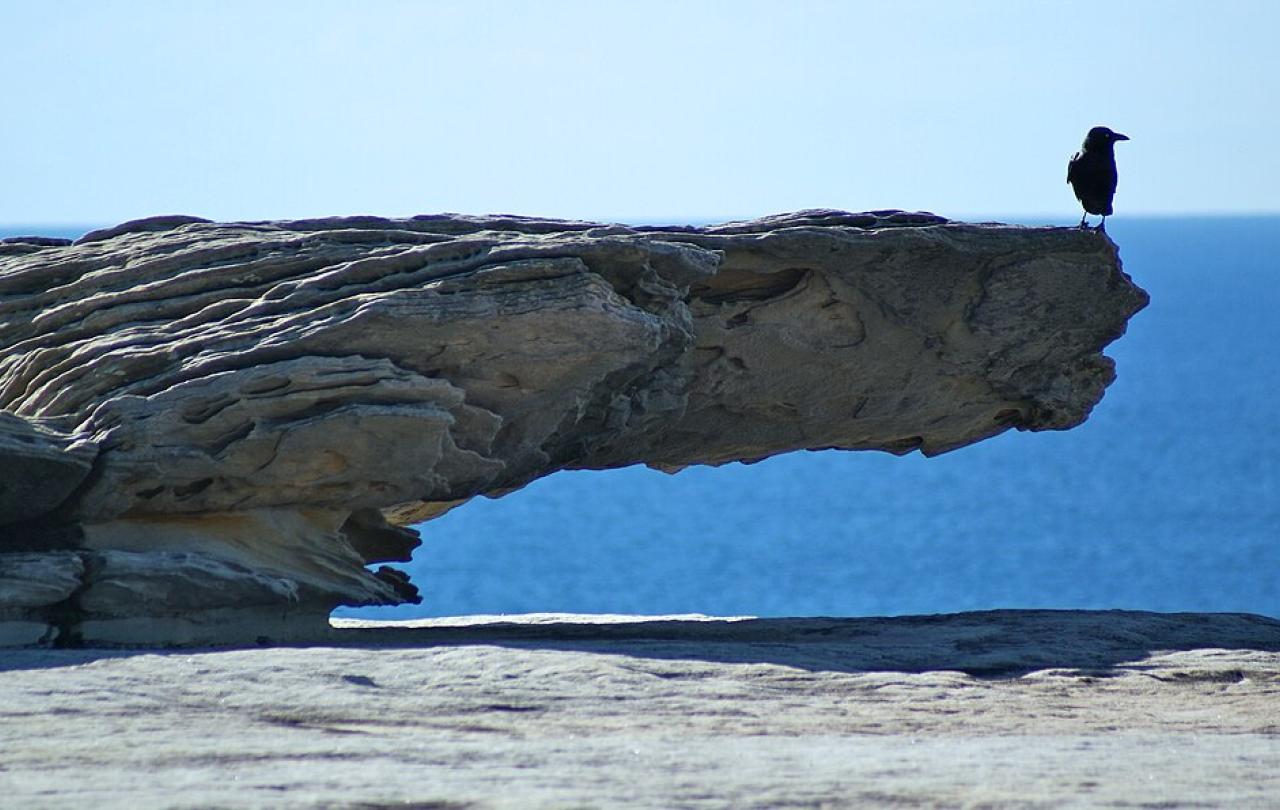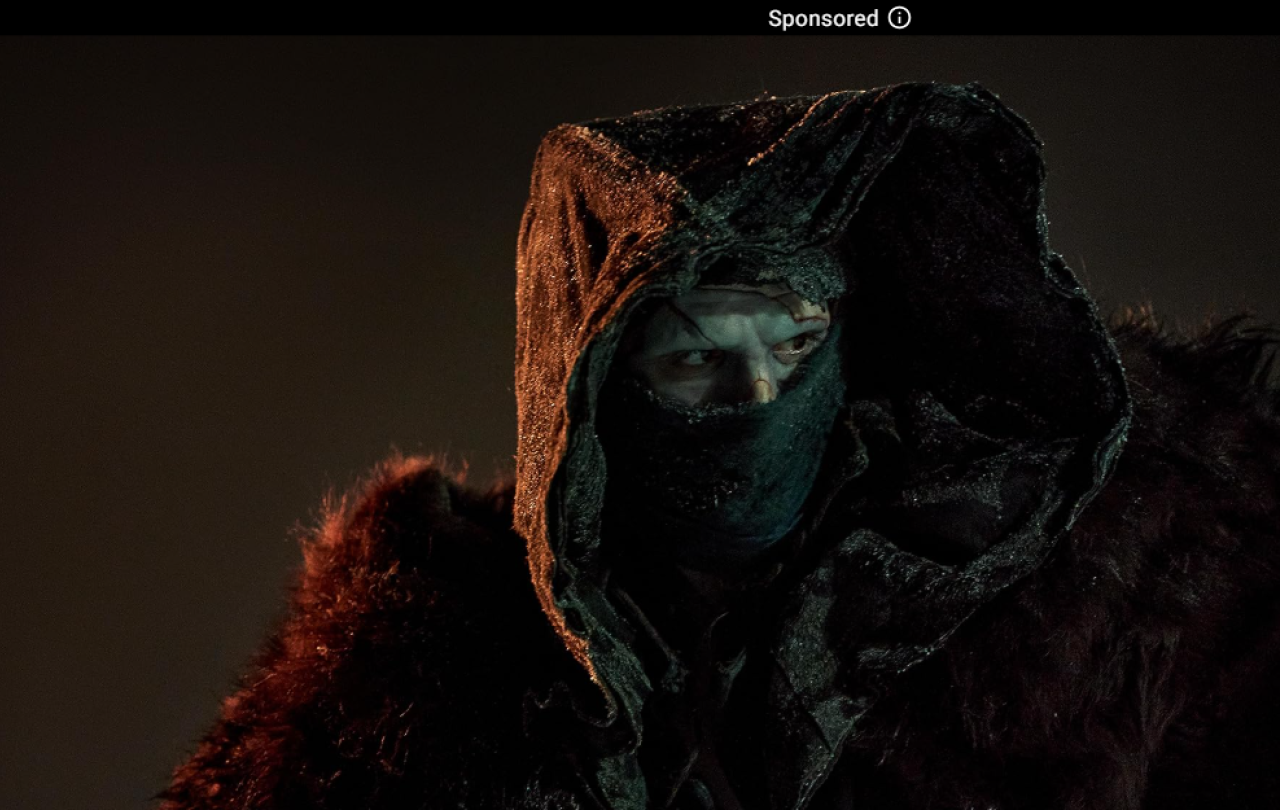I’ve been thinking about the nature of shame a lot recently. Both professionally and personally, it’s a topic that is demanding my attention. It’s following me around, insisting that I look it in the eye, shoving and nudging me – taunting and tempting me to finally snap and wrestle it to the ground. I guess that is the very nature of shame, isn’t it? It’s always so stubbornly there.
I’ve also noticed that it seems to have elbowed its way into cultural conversations; it’s been putting a real PR shift in, seeking rehabilitation in public discourse.
The actor, Jacob Elordi, was recently interviewed by the Wall Street Journal. Kind of interesting, kind of not. The sliver of it that really caught my attention was when the interviewer asked Jacob,
‘What’s one lost art that you wish would come back in style?’
‘The art of shame. I wish people could experience shame a little heavier’.
It makes sense that this was Jacob’s answer; the interview was conducted to promote Frankenstein, Guillermo Del Toro’s new movie in which Jacob Elordi plays Frankenstein’s monster. So, I get it. He’s been consumed with what components make up a monster, endeavouring to literally turn himself into one. He’s been ruminating on the recipe of evil, and perhaps he’s found one key ingredient – shamelessness. Maybe Jacob, having dwelt on such, has subsequently looked out at the not-so-fictional ‘monsters’ wreaking havoc and has diagnosed the same thing, a distinct lack of shame.
It reminded me of another recent interview, this one with the acclaimed author, Zadie Smith. She said,
‘Shame gets a bad rap these days. I think it’s quite a useful emotion, corrective on certain kinds of behaviour… I assume people – including myself – are just deeply, deeply flawed. And so, shame is usually quite appropriate on a day-to-day level… shame is a kind of productive thing to create change. I guess I do believe that. I know it’s definitely a Christian emotion, that’s why it’s so out of fashion. But I always thought it quite productive in the gospels, that idea that you assume that you are entirely in sin. I always assume that.’
I half agree with both Jacob and Zadie. In a way, I’d be a fool not to. Not to mention, proof of their thesis.
I cannot deny that I am, as Zadie points out, deeply, deeply flawed. There is a crack in everything I do, a fracture in all my best intentions. And yours, too, I’m afraid (but I have a feeling you know that). There is a brokenness to us, a breaking-things-ness. To each and every one of us, ‘hurt’ is both an adjective and a verb – something we feel and something we do. The things I want to do, I never manage. The things I don’t want to do, I seem to manage every day. I am falling short, missing the mark – I am so fallibly human.
To acknowledge such is not only obvious, nor is it simply ‘useful’, as Zadie suggests. It’s inherently spiritual, it’s paradigmatic.
Last summer, I hosted an event at which Francis Spufford, one of my most cherished wordsmiths, playfully quipped, ‘I’ve heard original sin (the notion that we are, as Zadie notes ‘entirely in sin’) described as one of the few theological propositions which you can actually confirm with the naked eye’. ‘Sin’, Tyler Staton similarly writes, ‘is simultaneously the most controversial idea in Christianity and the one most universally agreed upon’.
There’s something deeply wrong with the world. We all know that.
Which, presumably, is what Jacob Elordi is getting at – he’s observing bad people not feeling bad enough about the bad that they do, or worse still, the bad that they are. A healthy dose of shame is the medicine that this world needs, he suggests.
Oh Jacob, I sympathise with that. The thing is, I have a hunch that the presence of shame makes as many monsters as the absence of it.
And Zadie, I wonder if shame births as much destruction as it does ‘correction’.
While I agree with you both that, in a world as broken as ours, shame needs to exist in some form or another, it also needs an antidote. It’s a dangerous substance; toxic and destructive. Don’t let it fool you, don’t be over-generous to it – shame may (in its most moderate and appropriate forms) be an acknowledgment of the disease, but it is not the medicine. It could only ever be ‘useful’ if it is, ultimately, defeatable.
At least, that’s my – admittedly very Christian – conviction. That’s my take. I can’t pretend that it’s not as theological as it is sociological in its underpinnings.
I’m relatively new to the liturgical aspects of my own faith tradition (that is, the formalised scripts, actions and rituals that have long fuelled religious experience) , so I have the pleasure of not being numb to them. When I read the ancient words of ancient prayers, they shoot right through me, particularly these ones:
‘Almighty God, our heavenly Father, we have sinned against you and against our neighbour in thought and word and deed, through negligence, through weakness, through our own deliberate fault...’
As I read those words, week in and week out, my brain creates a helpful montage for me – whirring through the countless ways in which I have failed – in what I think, what I say, what I do. I’m confronted with the ways that my breaking-things-ness has leaked out of me through my negligence, it’s spilled out of my weakness, the force of it directed at others through my own deliberate fault.
Oh yes, I’m well acquainted with the emotion of shame.
But the only thing productive/appropriate/corrective about falling on my face in shame, is that there is a mercy that can scoop me up. It’s not hopeless, you see? There’s a mend-ability. There’s an antidote to shame; there’s a balm for its burn. There’s a bewildering love that banishes shame from within me – there’s a rescue route from its toxic spiral.
The moment that shame is acknowledged, its presence verbalised, its power felt – is the very moment it needs to be neutralised. It cannot fester, it cannot be afforded the loudest, nor the last, say.
And so, to Jacob Elordi’s interesting wish – that ‘people could experience shame a little heavier’, and to Zadie Smith’s fascinating thesis that ‘shame is a kind of productive thing to create change’- I hear you. I see what you’re getting at. But I can only ever wish people to experience the heaviness of shame if it means that they are more sensitive to the feeling of it being undeservedly lifted off them. That’s where change happens. That’s the medicine.
So, Jacob and Zadie, let’s agree to half-agree on this one, shall we?






